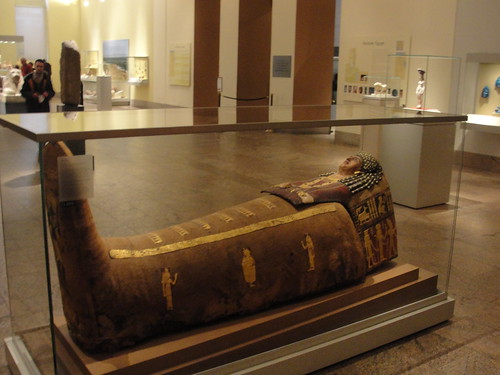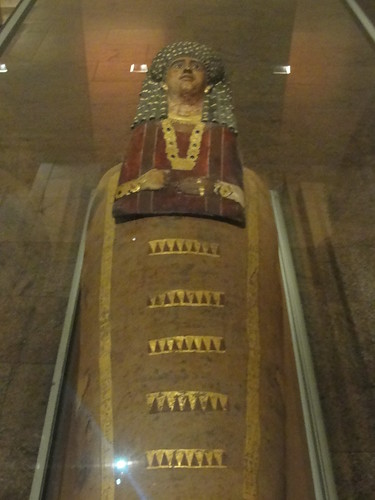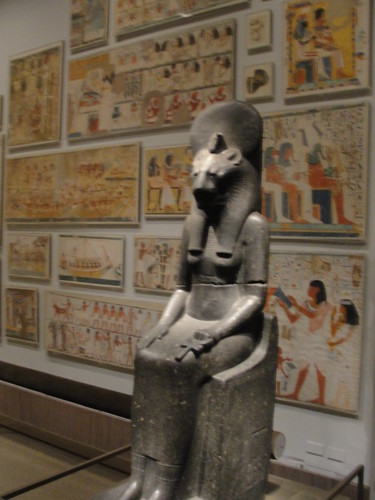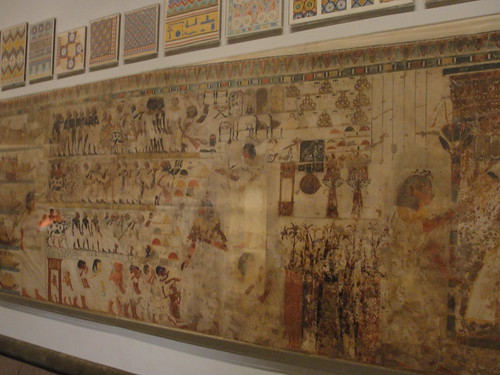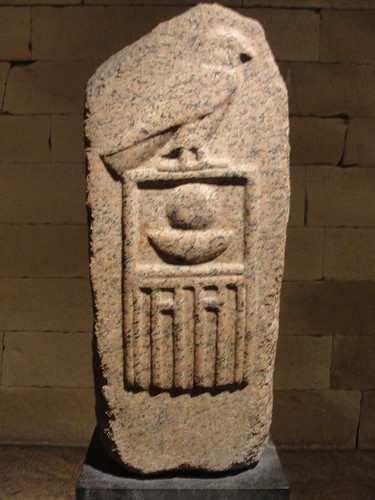February 16, 1923: Archaeologist opens tomb of King Tut
On this day in 1923, in Thebes, Egypt, English archaeologist Howard Carter enters the sealed burial chamber of the ancient Egyptian ruler King Tutankhamen…The men began exploring the four rooms of the tomb, and on February 16, 1923, under the watchful eyes of a number of important officials, Carter opened the door to the last chamber.
Inside lay a sarcophagus with three coffins nested inside one another. The last coffin, made of solid gold, contained the mummified body of King Tut. Among the riches found in the tomb–golden shrines, jewelry, statues, a chariot, weapons, clothing–the perfectly preserved mummy was the most valuable, as it was the first one ever to be discovered. Despite rumors that a curse would befall anyone who disturbed the tomb, its treasures were carefully catalogued, removed and included in a famous traveling exhibition called the “Treasures of Tutankhamen.” The exhibition’s permanent home is the Egyptian Museum in Cairo.
February 16, 2010: Study Examines Family Lineage of King Tut, His Possible Cause of Death
Using several scientific methods, including analyzing DNA from royal mummies, research findings suggest that malaria and bone abnormalities appear to have contributed to the death of Egyptian pharaoh King Tutankhamun, with other results appearing to identify members of the royal family, including King Tut’s father and mother, according to a study in the JAMA.
They may not be King Tut, but here are some pics of the Egyptian exhibit from my recent trip to The Metropolitan Museum in New York City,
